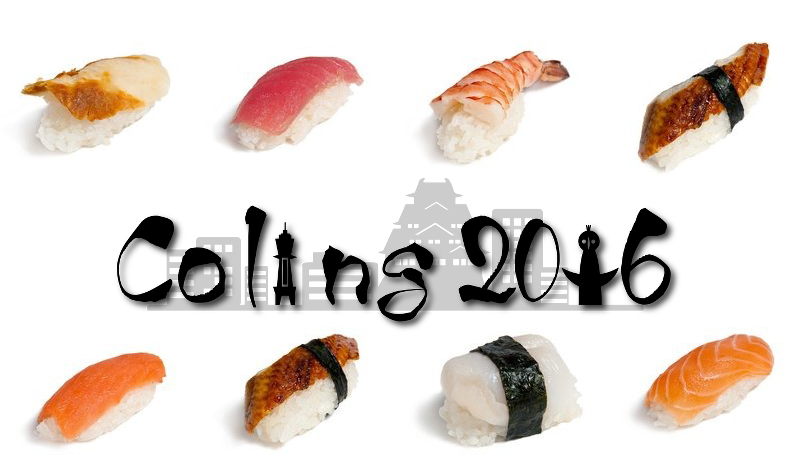Two papers from our group have been accepted at the 26th International Conference on Computational Linguistics COLING 2016, at Osaka, Japan, from 11th to 16th December 2016.
Semantic overfitting: what ‘world’ do we consider when evaluating disambiguation of text? by Filip Ilievski, Marten Postma and Piek Vossen
Abstract
Semantic text processing faces the challenge of defining the relation between lexical expressions and the world to which they make reference within a period of time. It is unclear whether the current test sets used to evaluate disambiguation tasks are representative for the full complexity considering this time-anchored relation, resulting in semantic overfitting to a specific period and the frequent phenomena within.
We conceptualize and formalize a set of metrics which evaluate this complexity of datasets. We provide evidence for their applicability on five different disambiguation tasks. Finally, we propose a time-based, metric-aware method for developing datasets in a systematic and semi-automated manner.
More is not always better: balancing sense distributions for all-words Word Sense Disambiguation by Marten Postma, Ruben Izquierdo and Piek Vossen
Abstract
Current Word Sense Disambiguation systems show an extremely low performance on low frequent senses, which is mainly caused by the difference in sense distributions between training and test data. The main focus in tackling this problem has been on acquiring more data or selecting a single predominant sense and not necessarily on the meta properties of the data itself. We demonstrate that these properties, such as the volume, provenance and balancing, play an important role with respect to system performance. In this paper, we describe a set of experiments to analyze these meta properties in the framework of a state-of-the-art WSD system when evaluated on the SemEval-2013 English all-words dataset. We show that volume and provenance are indeed important, but that perfect balancing of the selected training data leads to an improvement of 21 points and exceeds state-of-the-art systems by 14 points while using only simple features. We therefore conclude that unsupervised acquisition of training data should be guided by strategies aimed at matching meta-properties.

